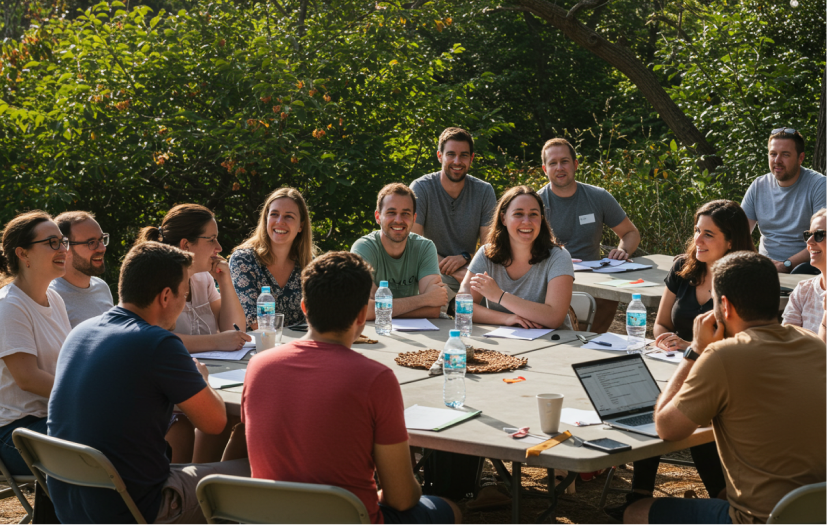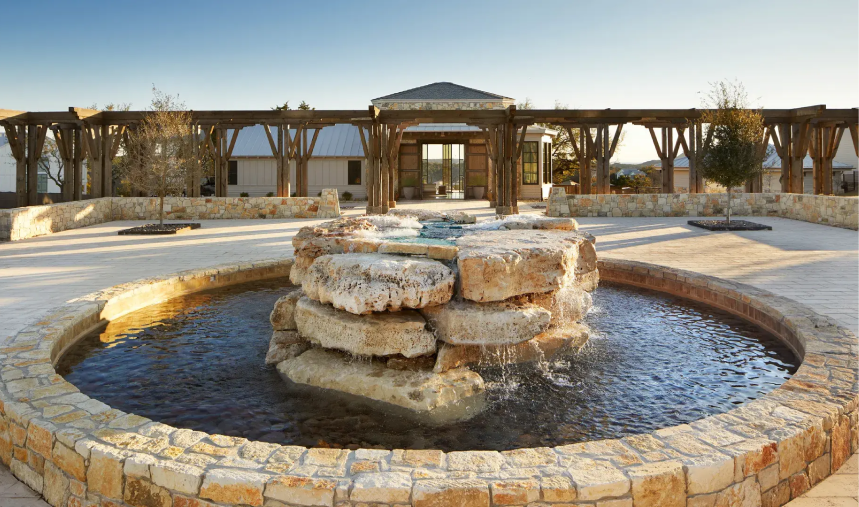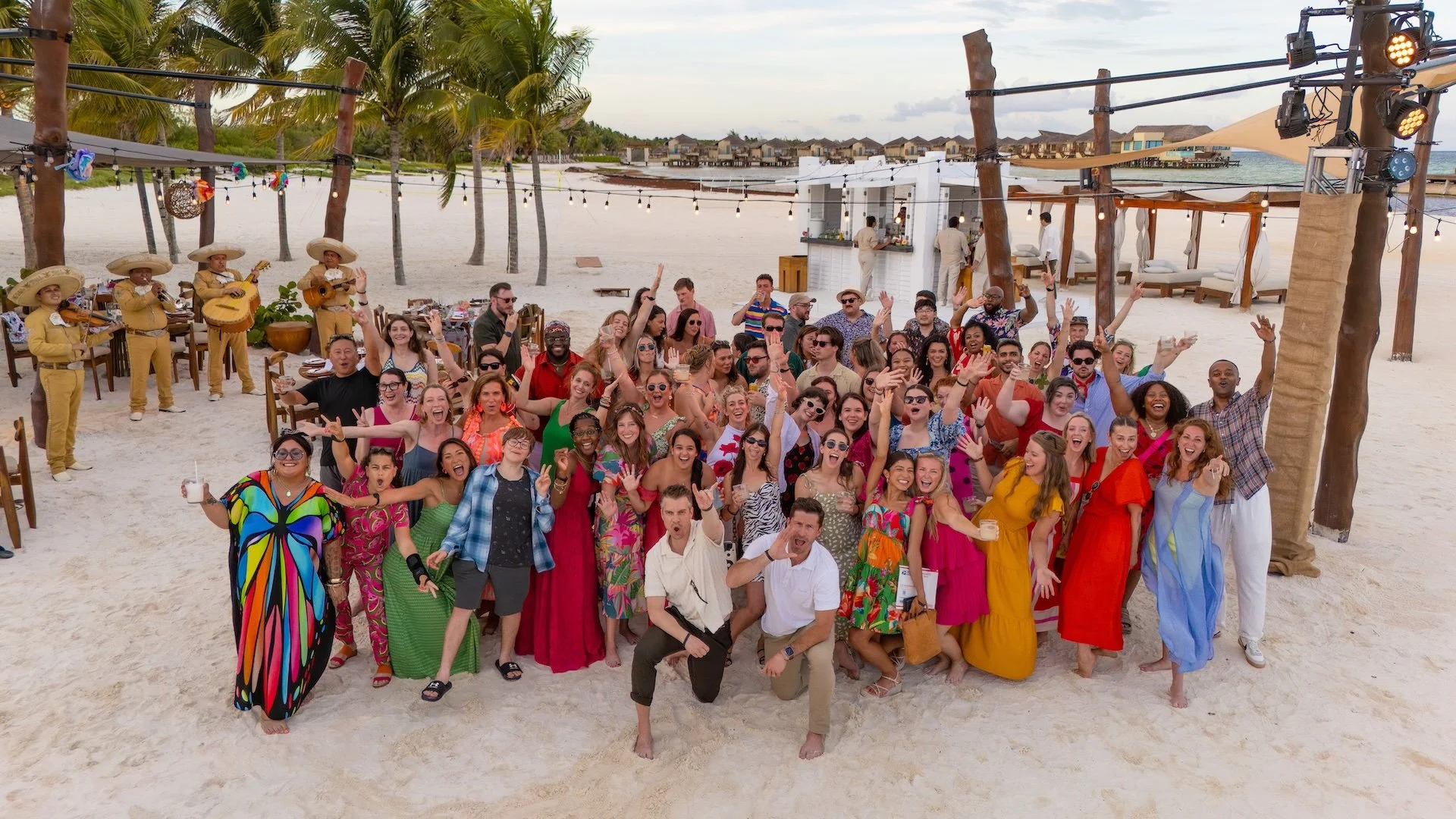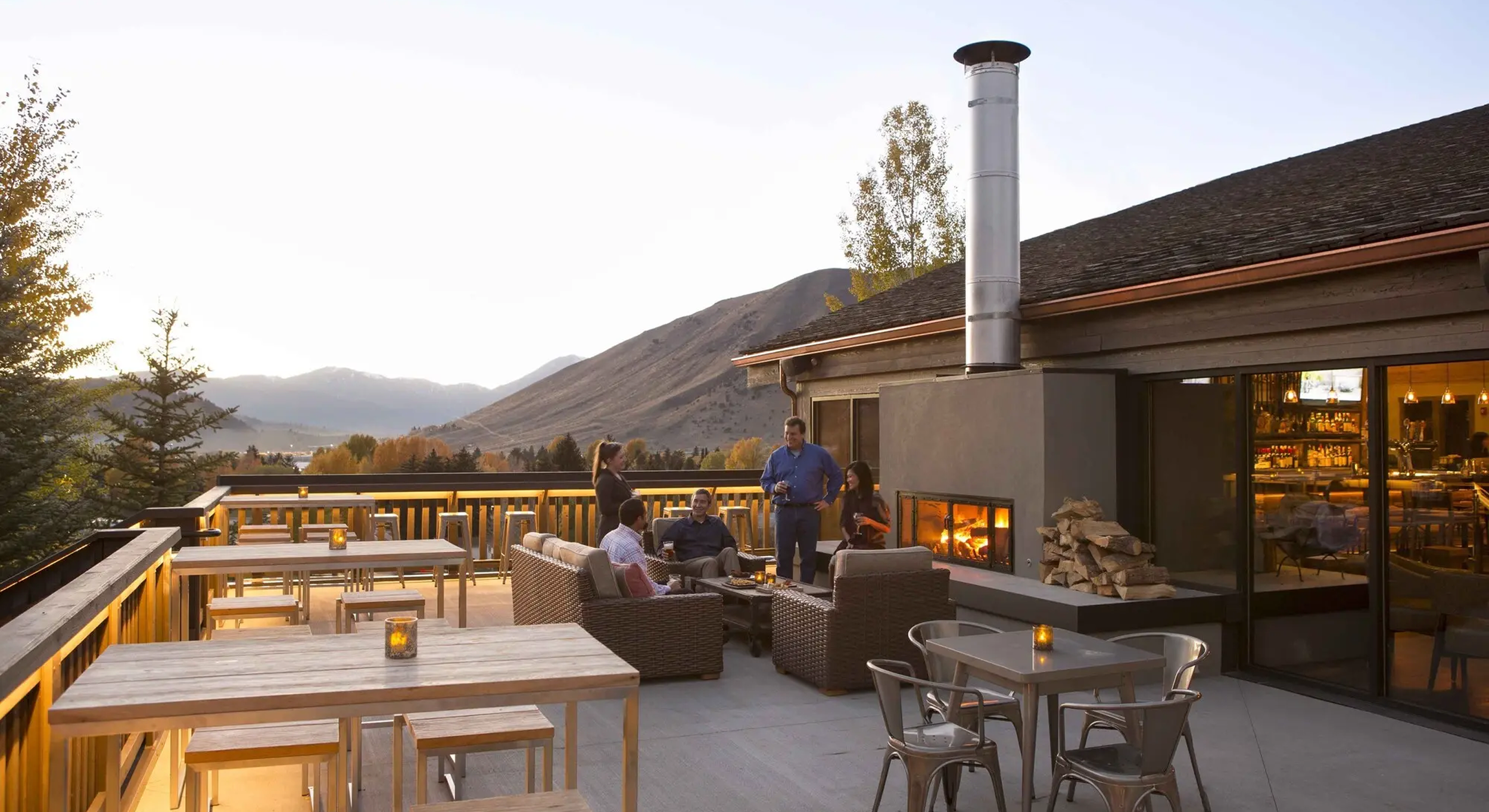It’s Time to Start Your 2026 Event Planning Strategy
Planning
It’s Time to Start Your 2026 Event Planning Strategy
BoomPop Team · 5/21/2025Get a head start: Why your 2026 events should be top of mind now.
As we step into summer, it might feel pretty early to start mapping out your 2026 event calendar, especially with year-end feeling far off. But what if getting a jump start could completely transform your corporate event planning?
In today's landscape, filled with economic shifts and evolving event challenges, being proactive isn't just smart, it's essential. A well-defined annual event strategy, paired with an early planning timeline, can minimize the usual stress of organizing gatherings, while significantly boosting their ROI and giving you more bang for your buck.
Keep in mind that an annual event strategy doesn’t mean planning the details of every event at this stage. Instead, it’s a high-level roadmap and framework outlining the cadence, purpose, budget, and projected impact across all your events for the coming year. This comprehensive view helps you gather alignment, refine your overarching goals, and smoothly navigate the approvals process, setting a clear direction for the entire year's program.
The reality is, Q3 annual planning and budgets for 2026 will be here before you know it. Here’s why your company's 2026 event strategy should be top of mind, now.
The Importance of an Annual Event Strategy
Fighting to gain approval for events one by one is inefficient and often reactive. Instead, developing a full annual event strategy allows your team to:
Align with overall business goals: Integrate events into the company's broader objectives, making them a recognized driver of growth rather than ad-hoc decisions.
Optimize budgets: Identify where investments will yield the highest impact and strategically allocate resources across different event types (e.g., offsites, marketing roadshows, client meetups).
Improve consistency and impact: Ensure that all gatherings contribute to a cohesive and memorable overall experience for employees, prospects, and clients.
We’ve seen a steady rise in demand for in-person gatherings, but with more strategic intent. Events that are tied to measurable outcomes like revenue, retention, and innovation are key. The desire to gather is still strong, and this trend is only rising both in importance and demand.
This strategic approach to events is particularly vital given current economic shifts. While some companies may need to get more creative with their budgets—perhaps swapping a big party for a meaningful, team experience, or pushing for flexibility on dates and locations—most are proactively fighting for their events and budgets. They realize the necessity of an overall strategic layer, an impact-oriented planning process, and flexibility with locations, dates, and venues.
Measuring ROI is Key, So Don’t Wait
Organizations are navigating a dynamic landscape, and while things can feel unclear, this uncertainty highlights the critical need to button up on proving event ROI. With annual budget planning season quickly approaching, it’s important to set yourself up for success by measuring the ROI of this year’s events. Make sure you’re capturing both qualitative and quantitative insights in real time that demonstrate the value of your events, so you have data and anecdotes in hand to build the business case for your 2026 event budget.
Don’t wait to figure out the ROI question when you’re in budget planning cycles!
Tie Event ROI to Key Business Outcomes
The good news is, corporate events are not going away. In fact, many event use cases are more vital than ever because they are directly tied to driving business outcomes. When building your 2026 event strategy, tie each event back to a core business objective to strengthen your business case.
For example:
Boosting employee retention/morale: Internal team events like offsites and retreats are tied to key HR KPIs, fostering connection and preventing churn. They’ve also been shown to drive business revenue within just months (Harvard Business Review).
Driving revenue: Events are also a key revenue driver for many organizations. Ticketed events and conferences are critical revenue streams for many businesses, and marketing events from roadshows to influencer activations have become an essential channel for industries spanning B2B and B2C.
Cultivating client retention and expansion: Customer appreciation, networking, and community events are a critical tool for nurturing relationships and growing revenue.
Make sure you’re measuring how your events support these key business objectives, from tangible data points to softer validation like quotes, testimonials, and feedback insights. Keep an ongoing event impact document or dashboard with these key findings so you have it in hand for key approval cycles so you can approach the process with confidence.
As Hailey Vela, BoomPop's Director, Client Success, shared at a recent industry panel about the state of the events industry: "Now is not the time to pull back—it’s the time to refocus. Invest in the experiences that build culture and connection. Fight for your budgets with confidence, knowing events drive growth. And lean on data, creativity, and the right partners to do more with less while keeping impact high."
Get Better Rates & Options by Locking Plans in Early
A longer planning runway for each event often gives you a significant advantage: more options and better price points for events of all sizes. A carefully crafted annual event plan can help give each event more time, flexibility, and options, so you can:
Lock in more favorable rates: Venues, travel providers, and vendors often offer better pricing for bookings made further in advance. Last-minute planning typically comes with less flexibility on pricing.
Access a wider selection of options: Early planning grants access to a broader range of desirable locations, unique venues, and in-demand activities before they are fully booked.
Use flexibility to negotiate: Proactive planning provides more leverage to negotiate elements like arrival/departure dates or specific concessions, which can significantly scale a budget. For example, shifting a start date by even a day can impact your overall event costs considerably.
Adapt and refine as you go: Due to the dynamic nature of events, you’ll likely adjust your plans along the way. Having an annual strategy doesn’t mean everything is set in stone. In fact, an annual strategy actually creates more flexibility in the event planning process, because it helps you stay focused on the purpose of each event, so you can make calls on the fly while ensuring your overall event program is supporting your organization’s key goals!
By embracing a forward-looking approach, you can secure better deals and wider choices while also building a resilient framework that allows you to manage changes with ease, keeping your event goals firmly in sight.
Ready to Plan Your 2026 Events with Confidence?
Don't let the calendar catch you by surprise. Proactive planning and ongoing measurement are your secret weapons for building the business case for a high-impact 2026 event strategy. At BoomPop, we partner with companies to develop comprehensive annual event strategies, making sure every gathering—from offsites and marketing events to client gatherings and internal team summits—drives measurable business outcomes.
Schedule a call to explore how our expertise, AI-powered platform, and full-service planning can bring your 2026 event strategy to life.






















